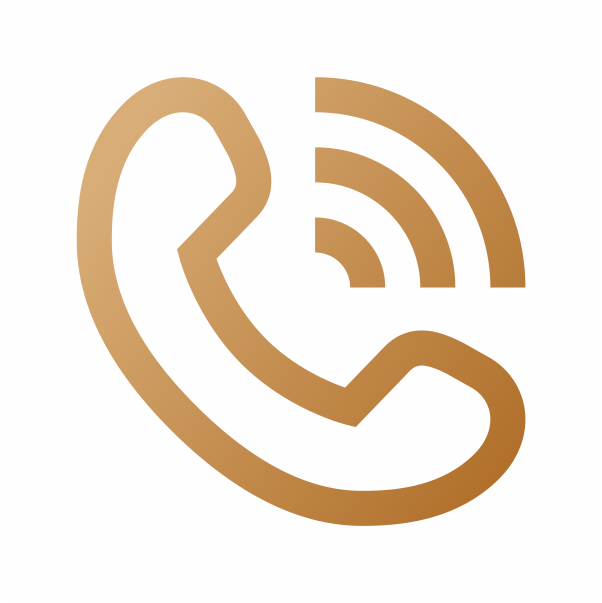Understanding the Value of Gold and Silver Collectible Coins
The value of gold and silver collectible coins is determined by a myriad of factors, making it essential to understand these elements to maximize cash returns effectively. To begin with, it’s critical to differentiate between bullion coins and collectible coins. Bullion coins are valued primarily for their metal content and are closely aligned with the market value of gold and silver, known as the spot price. In contrast, collectible coins often carry a premium due to their rarity, historical significance, and condition, which can significantly enhance their market value beyond just the intrinsic metal worth.
One of the primary determinants of a collectible coin’s value is its rarity. Coins that were minted in limited quantities or have seen significant attrition over time are generally more valuable. Additionally, historical significance can play a pivotal role. Coins that commemorate important events, figures, or periods in history tend to attract higher interest and, consequently, higher prices in the market.
The condition of the coin, often referred to as its grade, is another essential factor. The grading process involves assessing the coin’s physical state, including its appearance and wear. Coins that are in mint condition or show minimal signs of wear are typically more valuable. Professional grading and certification by reputable organizations such as the Professional Coin Grading Service (PCGS) and the Numismatic Guaranty Corporation (NGC) provide an objective assessment of a coin’s condition, adding a layer of trust and credibility that can enhance its market value.
Furthermore, the spot price of gold and silver provides a baseline value for these coins. However, the collectible aspect often means that the market value can be significantly higher than the spot price. It is also vital to consider demand and trends within the numismatic market. Coins that are currently in high demand or are part of popular collecting trends can command higher prices. Keeping abreast of market trends and understanding the factors that drive demand can help collectors and sellers maximize their returns.
By comprehensively understanding these various factors—rarity, historical significance, condition, spot price, and market demand—one can better navigate the complexities of selling gold and silver collectible coins and achieve optimal financial outcomes.
Strategies for Selling Gold and Silver Collectible Coins
When looking to maximize cash returns on gold and silver collectible coins, it is essential to consider the various selling options available. Each method has its unique advantages and disadvantages, which can significantly impact your final return. The primary venues for selling these coins include online marketplaces, auction houses, coin dealers, and peer-to-peer sales.
Online marketplaces such as eBay or specialized coin-selling platforms provide considerable exposure to a broad audience. This can potentially lead to higher selling prices, though it often involves listing fees and commissions that can reduce net returns. Auction houses, on the other hand, can attract serious collectors willing to pay premium prices for rare coins. However, they usually charge higher fees and the process can take longer. Coin dealers offer a quick and straightforward selling process but may not provide the highest price due to their need to make a profit on resale. Peer-to-peer sales, either through local coin clubs or online forums, can be more profitable as they often involve lower fees, but require more effort in finding and negotiating with buyers.
Preparing your coins for sale is another critical aspect. While cleaning coins is generally not recommended as it can damage their value, ensuring they are free of dust and presented in the best possible condition is crucial. High-quality photographs are essential; they should capture the coin’s details clearly and accurately. Detailed descriptions that include the coin’s history, condition, and any certifications can also enhance buyer interest and trust.
Conducting thorough market research is vital to set a competitive price for your coins. Review recent sales of similar coins and consider current market trends. Timing your sale to coincide with favorable market conditions, such as high precious metal prices or increased collector interest, can also boost returns.
Finally, effective negotiation tactics can make a significant difference in the final sale price. Understanding buyer behavior and being prepared to justify your asking price with market data and the coin’s attributes can help secure the best possible deal. Ensuring a clear, respectful communication style will also foster trust and potentially lead to repeat sales or referrals.




